Space technology has helped mankind achieve many things in regard to space travel and the research of stars, planets and the universe. But space technology has actually been a big help in our everyday lives. Would you be surprised to know that we interact regularly with inventions by NASA engineering?
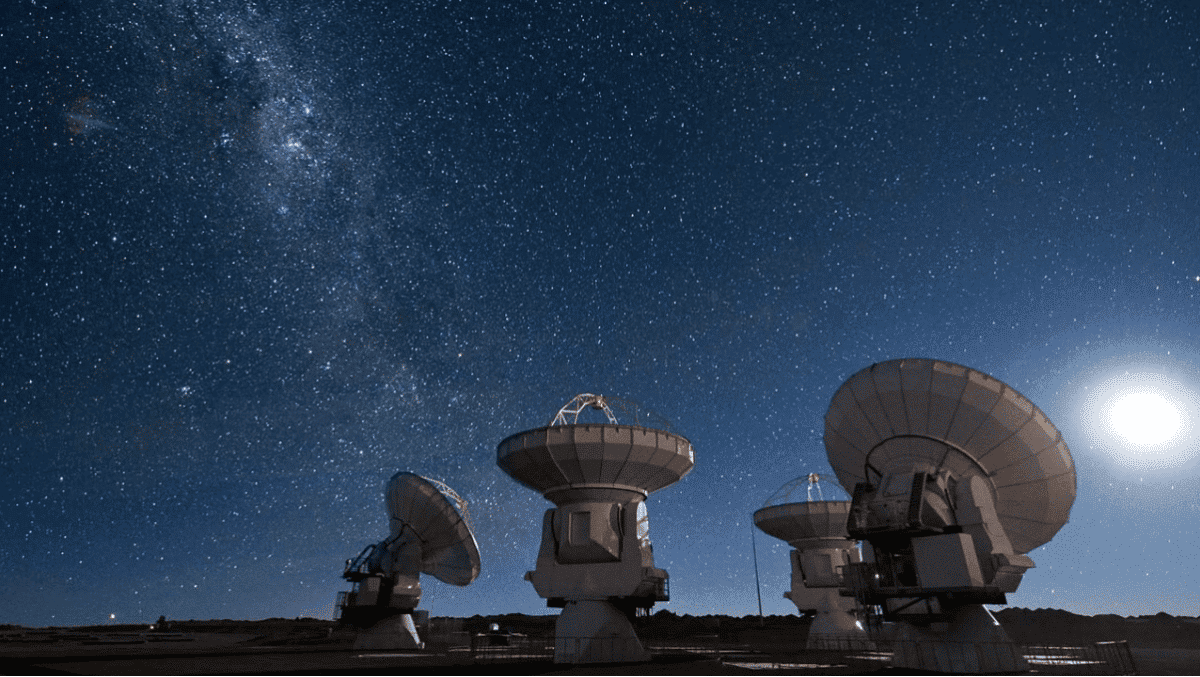
Here are some examples of common gadgets invented by NASA.
1.Memory foam
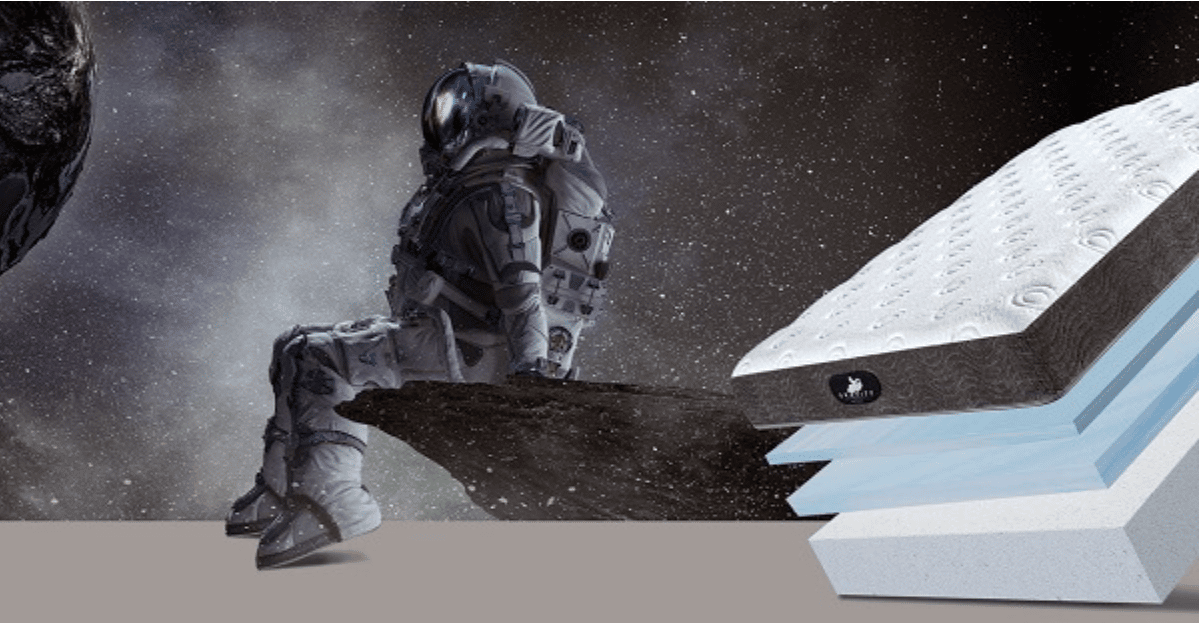
Memory foam is most commonly found in mattresses and pillows and is known to be able to mould into the shape of your body because of its polyurethane material, which is sensitive to pressure and temperature.
This foam was actually developed by Nasa during the 1970s for the pilots and passengers of aeroplanes, to make the cushioning on their seats more comfortable while still providing crash protection. The foam was able to distribute the passengers weight over a full contact area, which made the seats more comfortable for long journeys.
2.Computer mouse
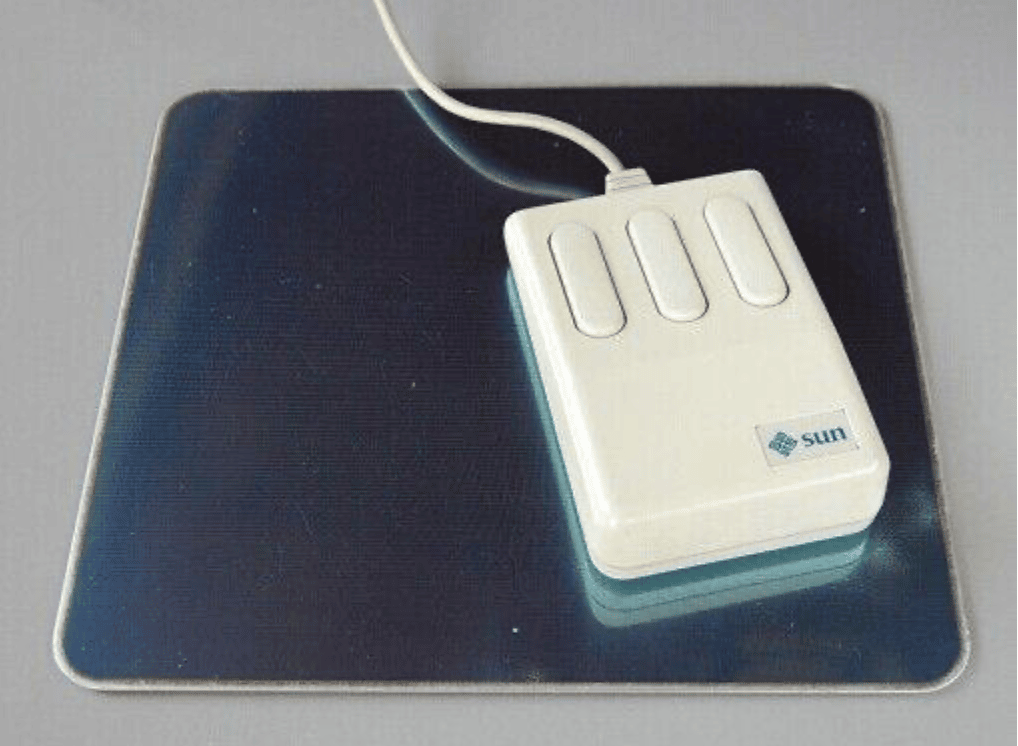
The computer mouse was first developed during the 1960s, when people thought of computers as arithmetic machines. Then came along a few progressive NASA scientists who tried looking at other things that computers could do. These scientists created the computer mouse, with help from Bob Taylor who provided NASA with funding, in order to make these computers have a more interactive experience and not be thought of as just a simple processor unit with one purpose.
Now, in today’s modern age we use the computer mouse for everything imaginable, from banking, to shopping, to even choosing which of our favourite shows to stream.
3.Invisible braces

Invisible braces were actually developed using the same technology Nasa had developed to track heat-seeking missiles.
Braces are designed for each tooth, connected by a thin wire, are strong, look good and are as clinically effective as your metal appliances. But can you believe that the transparent polycrystalline alumina (TPA) which is found in invisible braces was originally developed for missile tracking.
4.Camera Phones
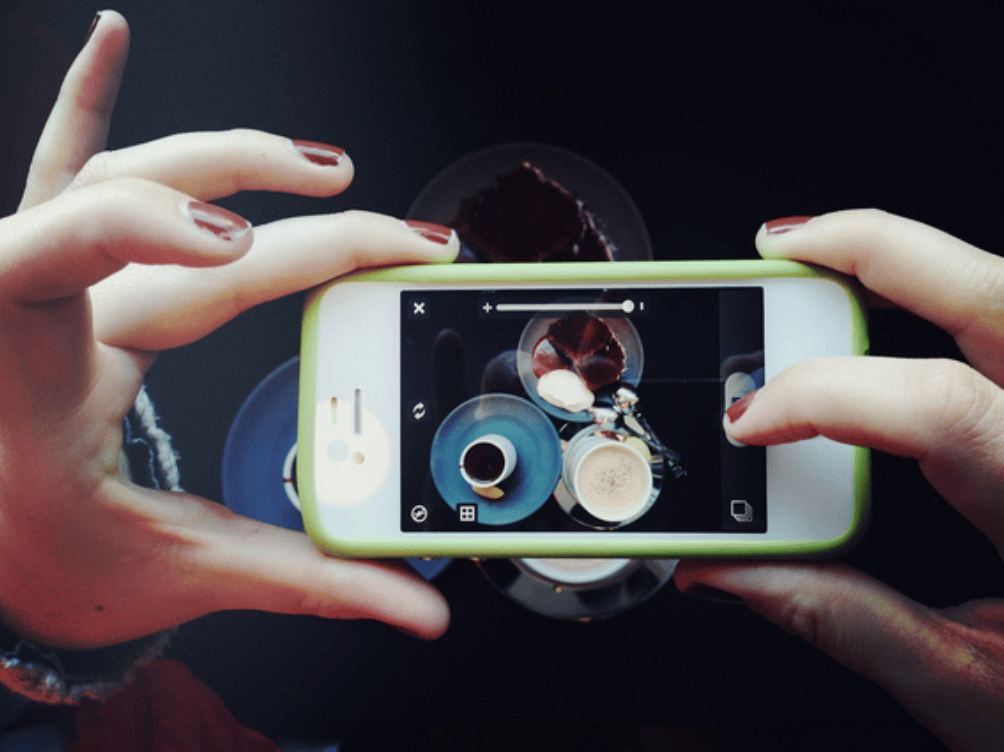
Maybe you could’ve guessed that the first high resolution camera used some space technology in it. The first high resolution cameras that were small enough to fit on space crafts were designed by a team at the space agency’s Jet Propulsion Lab(JPL) during the 1990s.
The complementary metal oxide semiconductor (CMOS) image sensor was invented by an engineer and his team in NASA. This invention became huge and now dominates the digital imaging industry and is used in cell phone cameras, high definition videos and social media even to this day.
5.Wireless Headphones
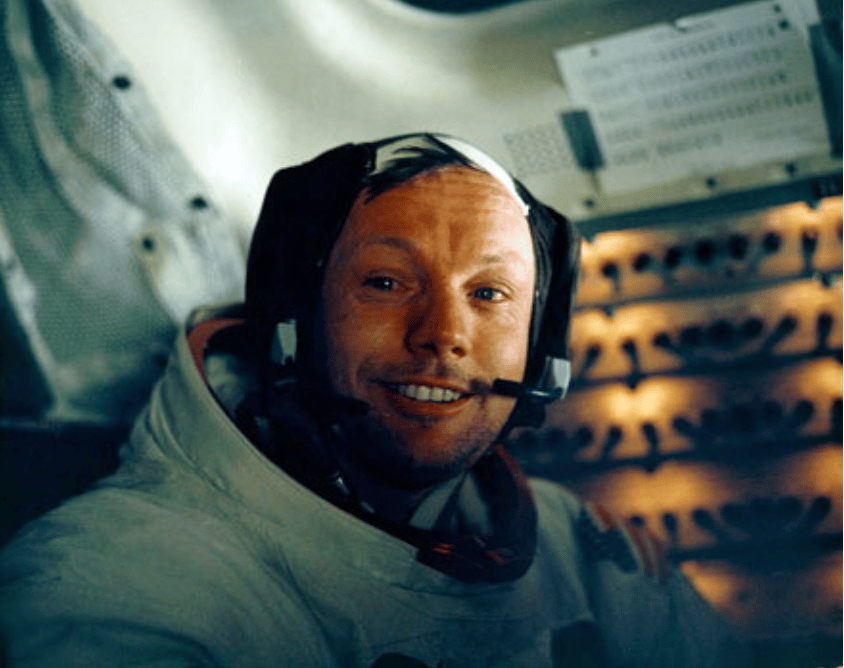
NASA has been responsible for quite a lot of our wireless technology including wireless headphones which have just become more popular over the (y)ears.
These convenient headphones that we see more and more in our society, used on the go or in everyday life to listen to music, podcasts or videos, were originally designed to help astronauts move around without the hassle of getting tangled up in all the wires they needed.
Wally Schirra became the first person to wear the Plantronics headset in space on October 3, 1962. This new headset is a lightweight and overall more comfortable alternative to that of the previous, bulky headsets pilots used to wear.
Plantronics helped NASA create the technology needed to develop this headset and they later built upon their knowledge and now create bluetooth headsets that are used in more ordinary life and are connected to smart phones and computers.
6.Infrared Ear Thermometers
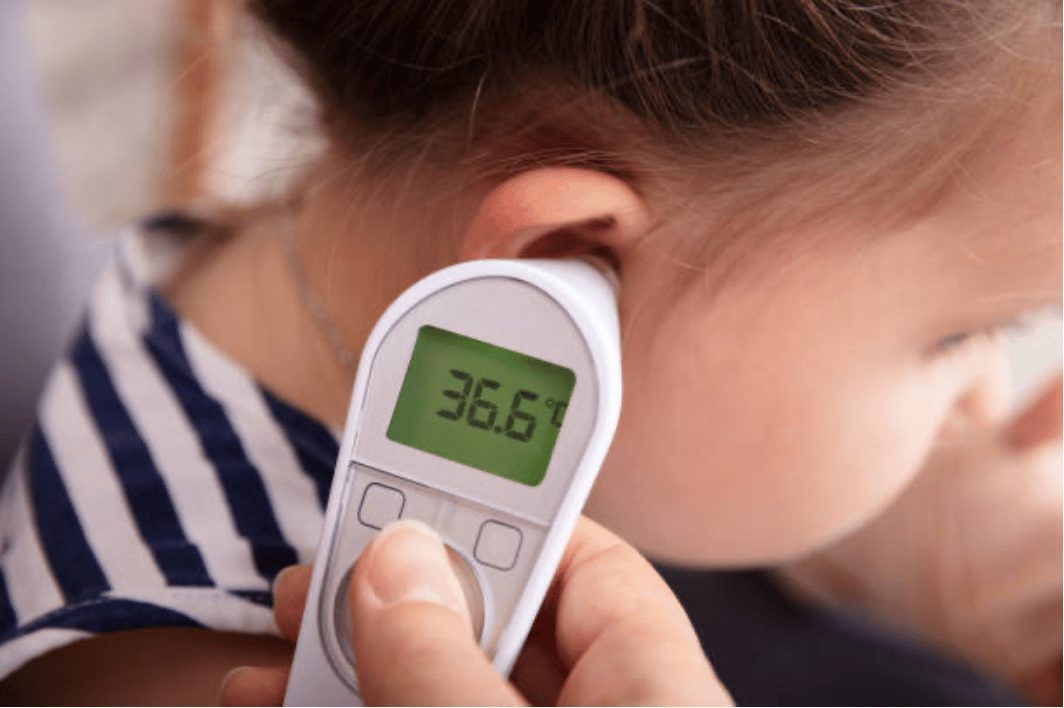
NASA has also helped make it easier for us to take our temperature, due to the invention of the infrared ear thermometer. Although there have been some electronic thermometers available for a few years however, the ones which were backed up with NASA technology only came out in the early 1990s.
The technology which the infrared ear thermometer is based upon was developed for missions which include the infrared Astronomical Satellite or IRAS by NASAs Jet Propulsion Laboratory in Pasadena, California.
The technology used in this thermometer is able to almost instantly determine the body temperature of someone by measuring the energy emitted from the eardrum and similarly was this technology first used by NASA to measure the temperature of stars and planets by reading their infrared radiation that they emit.
Ending words
The list of inventions and improvements to existing technology that NASA (and other companies in the space industry) are responsible for goes on. This is something to remember when it comes to the discussion about monetary support to the space industry.

